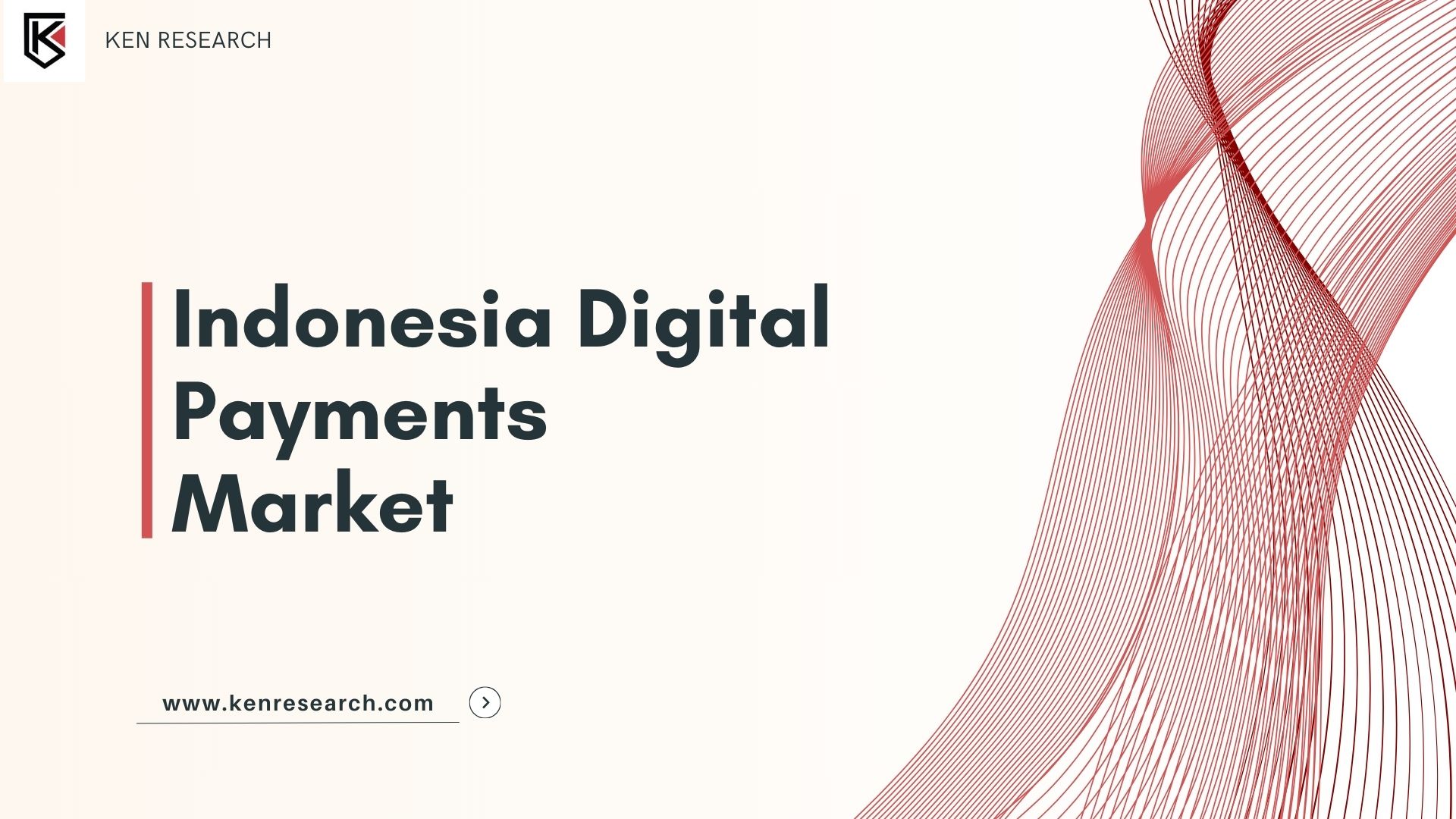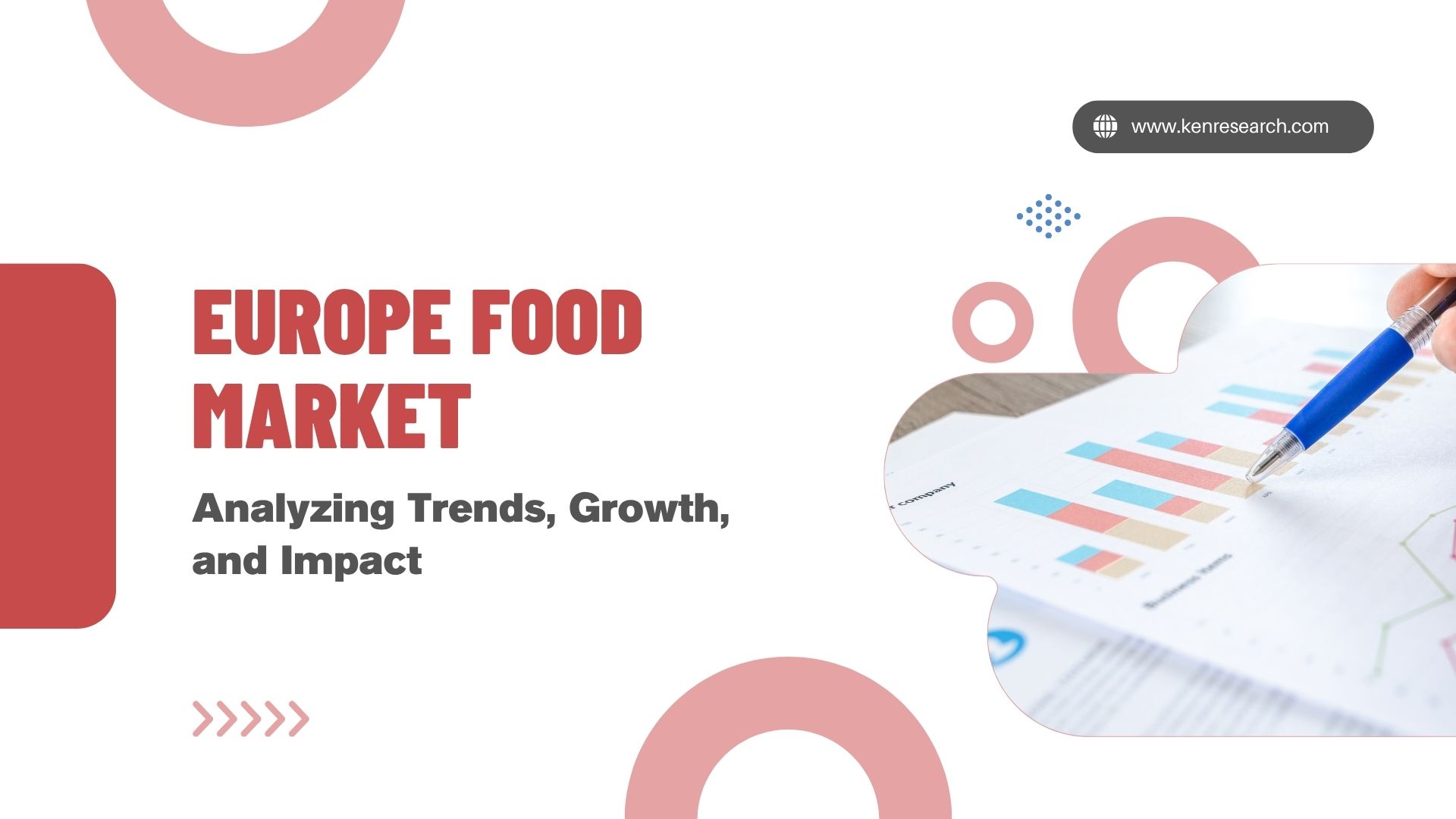Indonesia Digital Payments Market: Growth, Trends, and Future Outlook

Strong 8k brings an ultra-HD IPTV experience to your living room and your pocket.
The Market is experiencing rapid expansion, driven by increasing smartphone penetration, government support for cashless transactions, and a growing young, tech-savvy population. According to Indonesia Digital Payments Market Reports, the market is projected to grow at a CAGR of over 20% from 2023 to 2028, making Indonesia one of Southeast Asia’s most promising digital payment landscapes.
Key Market Drivers
Rising Smartphone & Internet Penetration:
- Indonesia has over 200 million internet users, with smartphone adoption reaching 70 %+ of the population.
- Mobile wallets like GoPay, OVO, and DANA are leading the shift from cash to digital transactions.
Government Initiatives Promoting Cashless Payments:
- Bank Indonesia’s National Digital Payment Movement (GNNT) encourages digital transactions.
- QRIS (Quick Response Code Indonesian Standard) unifies QR payments across merchants.
E-Commerce & Fintech Boom
- The rise of Tokopedia, Shopee, and Bukalapak has accelerated digital payment adoption.
- Fintech players are expanding services like BNPL (Buy Now, Pay Later) and micro-loans.
Indonesia Digital Payments Market Segmentation
By Payment Type
- Mobile Wallets (GoPay, OVO, LinkAja) – Dominating P2P and merchant payments.
- Bank Transfers (Real-time payments via BI-FAST).
- Card Payments (Debit/credit cards still growing but face competition from e-wallets).
- QR Code Payments (QRIS adoption surging among SMEs).
By End-User
- Retail & E-Commerce (Largest segment, driven by online shopping).
- Food & Beverage (GrabFood, GoFood boosting digital transactions).
- Transportation & Logistics (Gojek, Grab leading cashless ride-hailing).
Indonesia Digital Payments Market Challenges & Opportunities
Challenges
- Low financial literacy in rural areas.
- Fraud & cybersecurity risks requiring stronger regulations.
Opportunities
- Rural digital payment adoption remains untapped.
- Cross-border payments (ASEAN integration).
Future Outlook (2024-2028)
- Biometric payments (facial recognition, fingerprint auth) gaining traction.
- CBDC (Digital Rupiah) trials may reshape the market.
- Super-app ecosystems (Gojek, Grab) will further embed digital payments.
Why Invest in Indonesia’s Digital Payments Market?
Indonesia’s digital payments market presents one of the most compelling investment opportunities in Southeast Asia, driven by demographic advantages, technological adoption, and strong regulatory tailwinds. Here’s why global investors and fintech players should prioritize Indonesia:
1. Massive Demographic Dividend
- Youth-Driven Economy: Over 60% of Indonesia’s 275 million population is under 40, creating a tech-savvy consumer base eager to adopt digital financial services.
- Urbanization & Rising Incomes: With a growing middle class (projected to reach 135 million by 2030), disposable incomes are increasing, fueling demand for cashless convenience.
2. Mobile-First Population with High Digital Penetration
- Smartphone Adoption: 70%+ of Indonesians own smartphones, with mobile internet users exceeding 200 million – the 4th largest globally.
- Super-App Dominance: Platforms like Gojek, Grab, and Shopee have embedded digital wallets (GoPay, OVO) into everyday use, from rides to food delivery.
3. Supportive Regulatory Environment
- Bank Indonesia’s Initiatives: Policies like QRIS standardization and the National Digital Payment Movement (GNNT) accelerate cashless adoption.
- Fintech Licensing Reforms: The OJK (Financial Services Authority) has streamlined licensing for e-money and payment providers, encouraging innovation.
4. Untapped Rural Potential
- While urban areas drive current growth, 60% of Indonesia’s population lives outside major cities, representing a massive unbanked/underbanked opportunity. Companies like LinkAja (backed by Telkomsel) are expanding into rural regions with micropayment solutions.
5. Fintech Innovation & Ecosystem Growth
- BNPL Boom: Players like Akulaku and Kredivo are scaling rapidly, with BNPL transaction volumes growing 300%+ YoY.
- Embedded Finance: E-commerce platforms (Tokopedia, Bukalapak) now offer loans, insurance, and investments via their apps.
6. Cross-Border & Regional Synergies
- As ASEAN moves toward financial integration, Indonesia’s payment systems are aligning with regional partners, opening doors for cross-border digital wallets and remittances.
Note: IndiBlogHub features both user-submitted and editorial content. We do not verify third-party contributions. Read our Disclaimer and Privacy Policyfor details.







